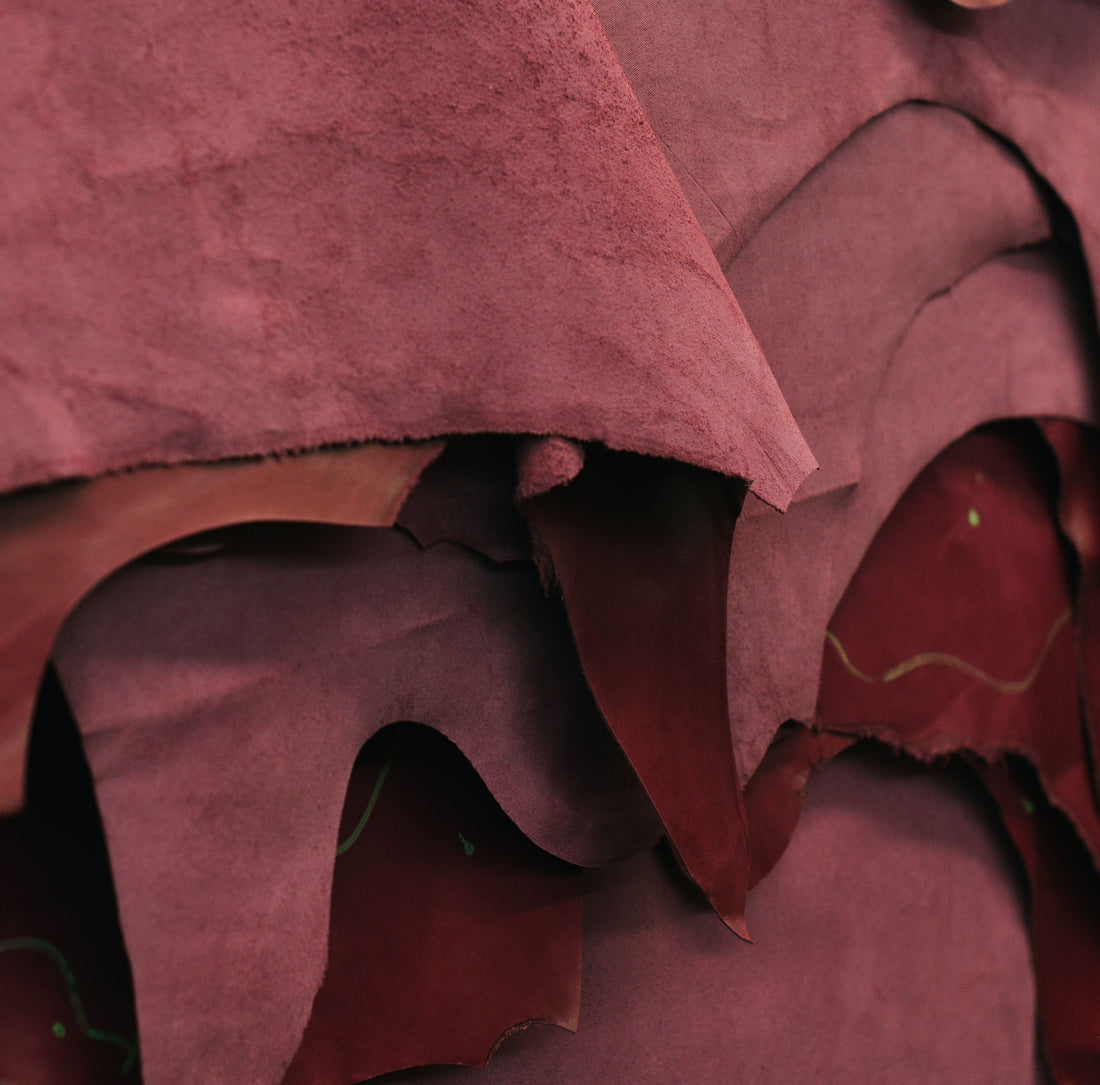
Unveiling the World of Leather: Full Grain, Corrected Grain, Bonded, and PU Leather Explained
Share
When it comes to leather, not all hides are created equal. The type of leather you choose can greatly impact its appearance, feel, and durability. In this guide, we'll delve into the distinctions between full grain leather, corrected grain leather, bonded leather, and PU leather, helping you make informed choices for your leather goods.
- Full Grain Leather:
Description: Full grain leather stands atop the leather hierarchy, crafted from the outermost layer of the animal hide, where the grain is tight and intact.
Characteristics: Its natural markings, imperfections, and grain patterns give full grain leather a unique and authentic look. Over time, it develops a rich patina, enhancing its beauty.
Durability: Highly durable and resistant to wear and tear, full grain leather is also breathable, ensuring comfort with prolonged use.
- Corrected Grain Leather:
Description: Corrected grain leather is processed by sanding or buffing away the top layer of the hide to eliminate imperfections. An artificial grain is often embossed onto the surface.
Characteristics: While having a more uniform appearance than full grain leather, corrected grain lacks the natural markings, resulting in a sleeker look.
Durability: Although still durable, corrected grain leather may not match the robustness of full grain leather.
- Bonded Leather:
Description: Bonded leather is a composition of leather scraps and fibers, mixed with a polyurethane binder and applied to a fabric or paper backing.
Characteristics: Mimicking the appearance of genuine leather, bonded leather has a consistent look. However, it lacks the natural characteristics of higher-quality leather.
Durability: Bonded leather tends to wear out more quickly, with potential peeling or flaking over time.
- PU Leather (Polyurethane Leather):
Description: PU leather is a synthetic material made by applying a polyurethane coating to a base material like polyester or cotton.
Characteristics: While replicating the appearance of genuine leather, PU leather offers various textures and finishes. It is often a more budget-friendly alternative.
Durability: Although durable, PU leather may not match the longevity of genuine leather, and it might be prone to cracking or peeling with heavy use.
Conclusion:
Choosing the right leather for your needs involves considering factors such as aesthetics, durability, and budget. Whether you opt for the timeless charm of full grain leather, the sleek look of corrected grain, the budget-friendly option of bonded leather, or the synthetic versatility of PU leather, understanding these distinctions empowers you to make an informed decision. So, embark on your leather journey, and let your choice reflect your style and preferences.


